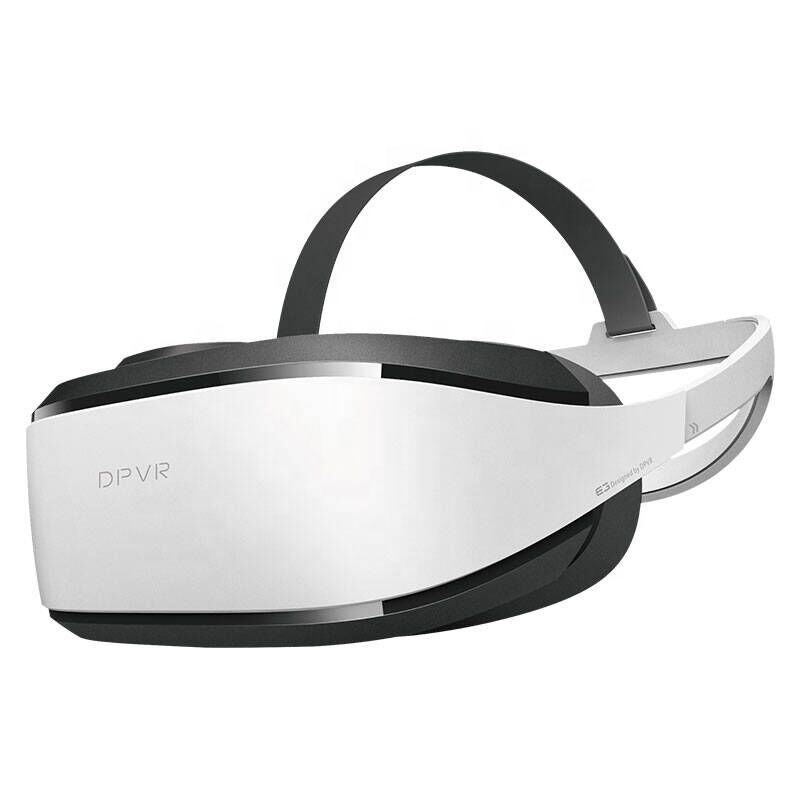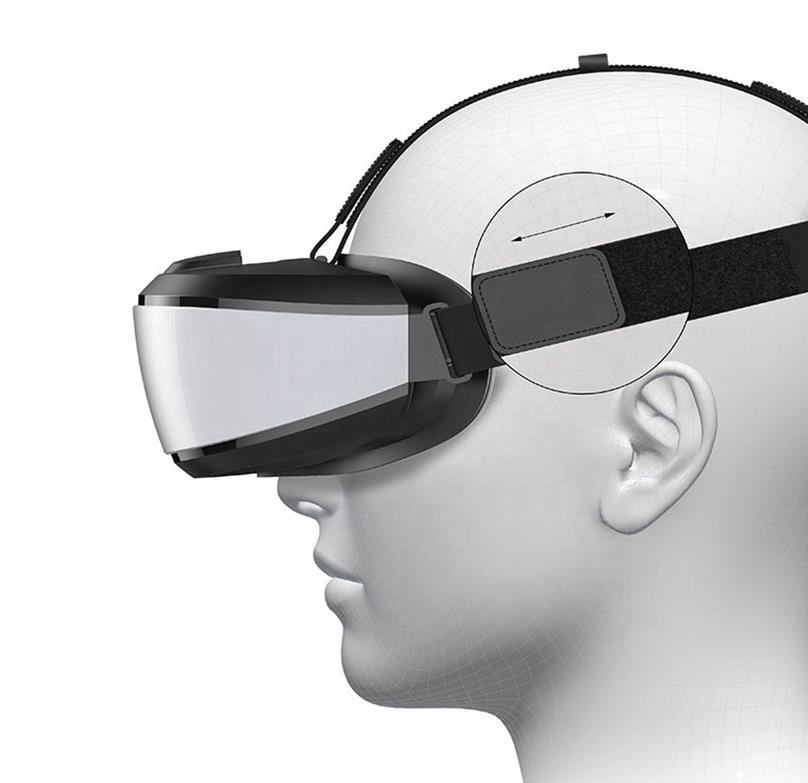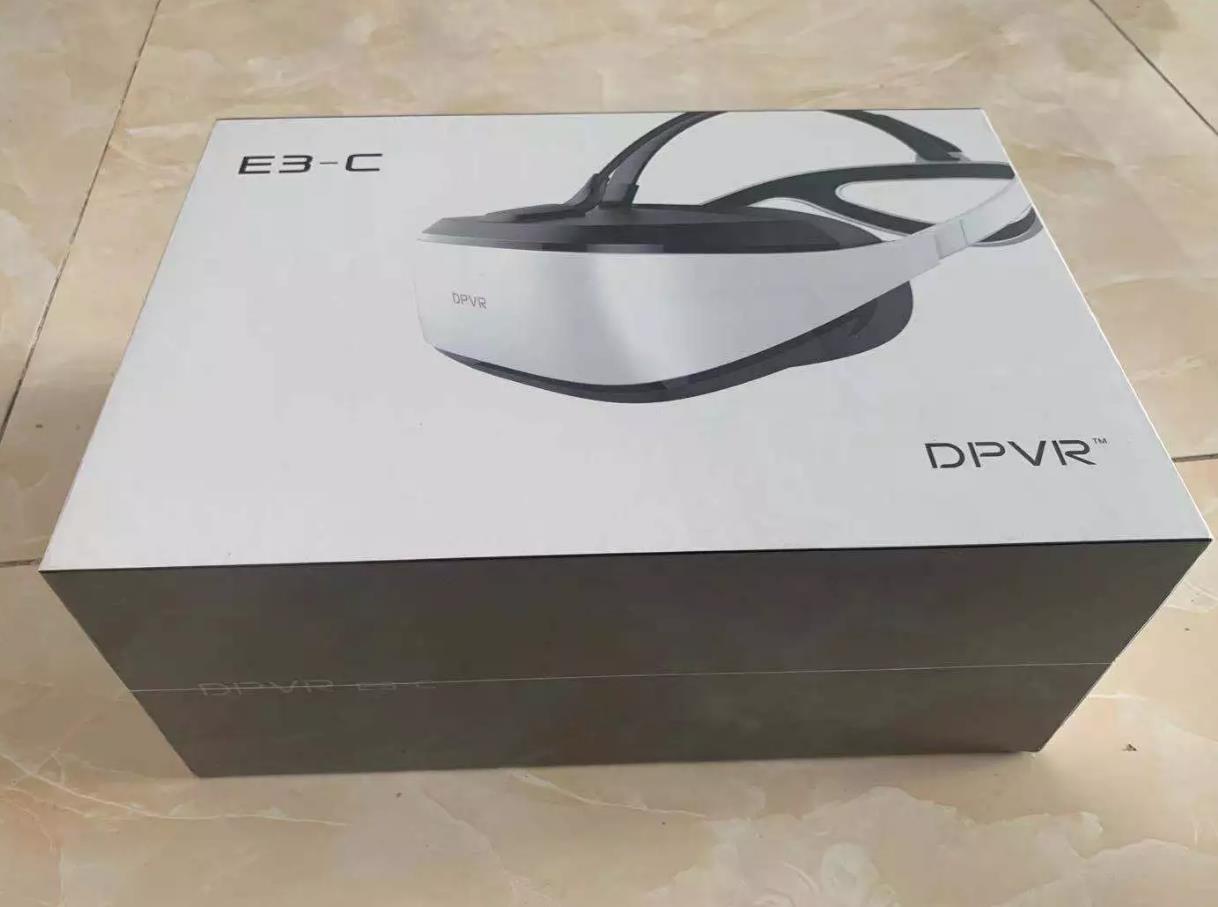Step into a world where reality merges with imagination, where the line between what’s real and what’s virtual blurs: Virtual Reality. With the rapid advancements in technology, VR headsets have become the gateway to unparalleled experiences, transforming how we interact with digital content. Let’s embark on a journey to uncover the mesmerizing realm of VR headsets, from their types and features to the endless possibilities they offer. Buckle up as we dive into the immersive world of virtual reality!

The Rise of Virtual Reality Technology
Virtual Reality (VR) technology has seen a meteoric rise in recent years, revolutionizing how we engage with digital experiences. What was once confined to science fiction is now a tangible reality, thanks to innovative advancements in hardware and software. The ability of VR to transport users to entirely new worlds and environments has captured the imagination of tech enthusiasts and casual users alike.
From entertainment and gaming to education and healthcare, the applications of VR are diverse and far-reaching. Companies across industries are leveraging this immersive technology to enhance training programs, create engaging marketing campaigns, and even simulate real-world scenarios for research purposes.
As VR continues to evolve and become more accessible, its potential for transforming various aspects of our lives is virtually limitless. With each new development pushing the boundaries of what’s possible in virtual realms, it’s clear that we’re only scratching the surface of what VR technology can offer.
Understanding VR Headsets: Types and Features
Virtual Reality (VR) headsets come in various types, each offering a unique immersive experience. The most common ones are tethered VR headsets that connect to a powerful PC or gaming console for high-quality graphics and performance. Standalone VR headsets, on the other hand, have built-in processors and do not require external devices.
Additionally, some VR headsets utilize inside-out tracking technology while others rely on external sensors for precise motion detection. Comfort is also a crucial factor to consider; adjustable straps, cushioned padding, and lightweight designs enhance long-term wearability during extended VR sessions.
Exploring the world of VR headsets opens up a realm of possibilities where users can teleport to distant lands or engage in thrilling adventures without leaving their living room.
Experiencing Virtual Reality: Benefits and Uses
Virtual Reality (VR) technology has revolutionized the way we experience digital content. VR headsets transport users to immersive virtual worlds where they can explore, learn, and create like never before. The benefits of using VR extend beyond entertainment; industries such as education, healthcare, and architecture are harnessing its power for training simulations, therapy sessions, and design visualization.
In the realm of gaming, VR provides a level of immersion that traditional screens cannot match. Players can fully immerse themselves in interactive environments, making gameplay more engaging and realistic. Additionally, VR enhances learning experiences by allowing students to visualize complex concepts in 3D space.
Moreover, VR has opened up new possibilities for remote collaboration by enabling users to meet virtually in shared spaces regardless of physical location. This technology has the potential to transform how teams work together across distances seamlessly.

Challenges and Limitations of VR Technology
As we dive deeper into the world of VR headsets, it’s essential to acknowledge the challenges and limitations that come with this cutting-edge technology. One major hurdle is the issue of motion sickness experienced by some users when immersed in virtual environments. This can hinder prolonged usage and affect the overall experience.
Another challenge is the high cost associated with top-of-the-line VR equipment, making it less accessible to a broader audience. Additionally, the need for powerful computing systems to run VR smoothly adds another layer of complexity and expense.
Moreover, there are concerns about privacy and data security as VR collects personal information to enhance user experiences. Ensuring robust measures are in place to protect sensitive data is crucial for widespread adoption.
Furthermore, designing truly immersive and realistic virtual worlds that mimic real-life convincingly remains a work in progress. Achieving seamless integration between physical movements and digital interactions is key for an authentic experience.
While these challenges exist, they also present opportunities for innovation and growth within the realm of virtual reality technology.
Future of Virtual Reality: Predictions and Possibilities
As technology continues to evolve at a rapid pace, the future of virtual reality (VR) holds exciting promises and possibilities. One prediction is that VR headsets will become even more lightweight and comfortable, making them accessible to a wider audience.
Developments in haptic feedback technology may allow users to feel sensations within the virtual environment, enhancing immersion levels significantly. Furthermore, advancements in eye-tracking capabilities could lead to more realistic interactions and personalized experiences.
The integration of artificial intelligence into VR systems might enable intelligent avatars and dynamic environments that adapt based on user behavior and preferences. Imagine AI companions guiding you through virtual worlds or customizing scenarios based on your interests.
The potential applications of VR are limitless – from revolutionizing education with immersive learning experiences to transforming industries like healthcare with realistic simulations for training purposes. With ongoing innovation and creativity driving the evolution of VR technology, the future looks incredibly promising.

Conclusion
As virtual reality technology continues to advance at a rapid pace, the world of VR headsets is constantly evolving. From immersive gaming experiences to revolutionary training simulations, the possibilities with VR are endless. Despite some challenges and limitations, such as high costs and potential health concerns, the future of virtual reality appears bright.
With ongoing research and development in the field, we can expect even more realistic and interactive VR experiences in the years to come. As technology progresses, VR headsets will likely become more accessible to a wider audience, opening up new opportunities for education, entertainment, communication, and beyond.
So whether you’re a gamer looking for a thrilling adventure or a professional seeking innovative solutions, exploring the world of VR headsets can truly be an eye-opening experience. Strap on your headset and get ready to dive into a whole new dimension where reality meets imagination – the future of virtual reality awaits!

 English
English العربية
العربية Español
Español
